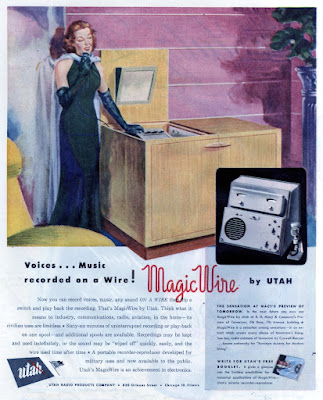AFFORDABLE ORAL
HYGIENE WHEN
ALL ELSE FAILS
In 1899, a New York City druggist, Franklin V. Canning, formulated a cinnamon-flavored chewing gum that he promoted as an aid to oral hygiene. "To prevent decay, To sweeten the breath, To keep teeth white," was his mantra. The tooth-whitening agent was way ahead of the times. Today it is an obsession. And more effective. The name was a combination of the words "dental" and "hygiene" (pronounced denteen). Dentyne walked a fine line regarding their health claims as the main ingredient was sugar, not the best additive for healthy teeth. The sugar was finally removed in 2006. In 1916 the brand was sold to the American Chicle Company. By the 1930s, Dentyne was produced by the Adams Gum Company.
Most candy and gum products were originally crafted to be medicinal in nature. Dentyne is one of the first products to be sold in stick form, but the early gum product was more like small square blocks. It was about fifty years before these products would start to be marketed as enjoyable as much as being healthy.





